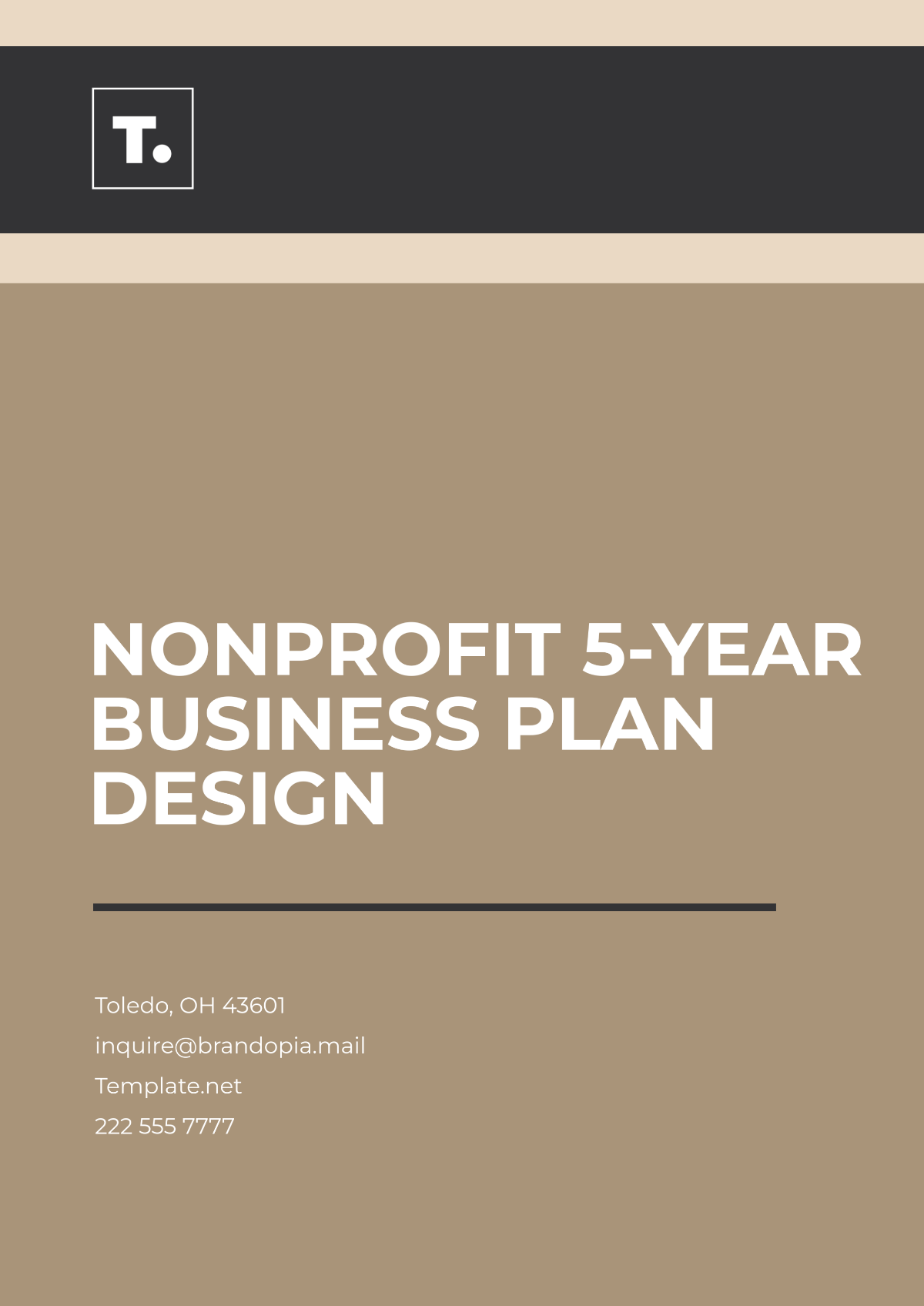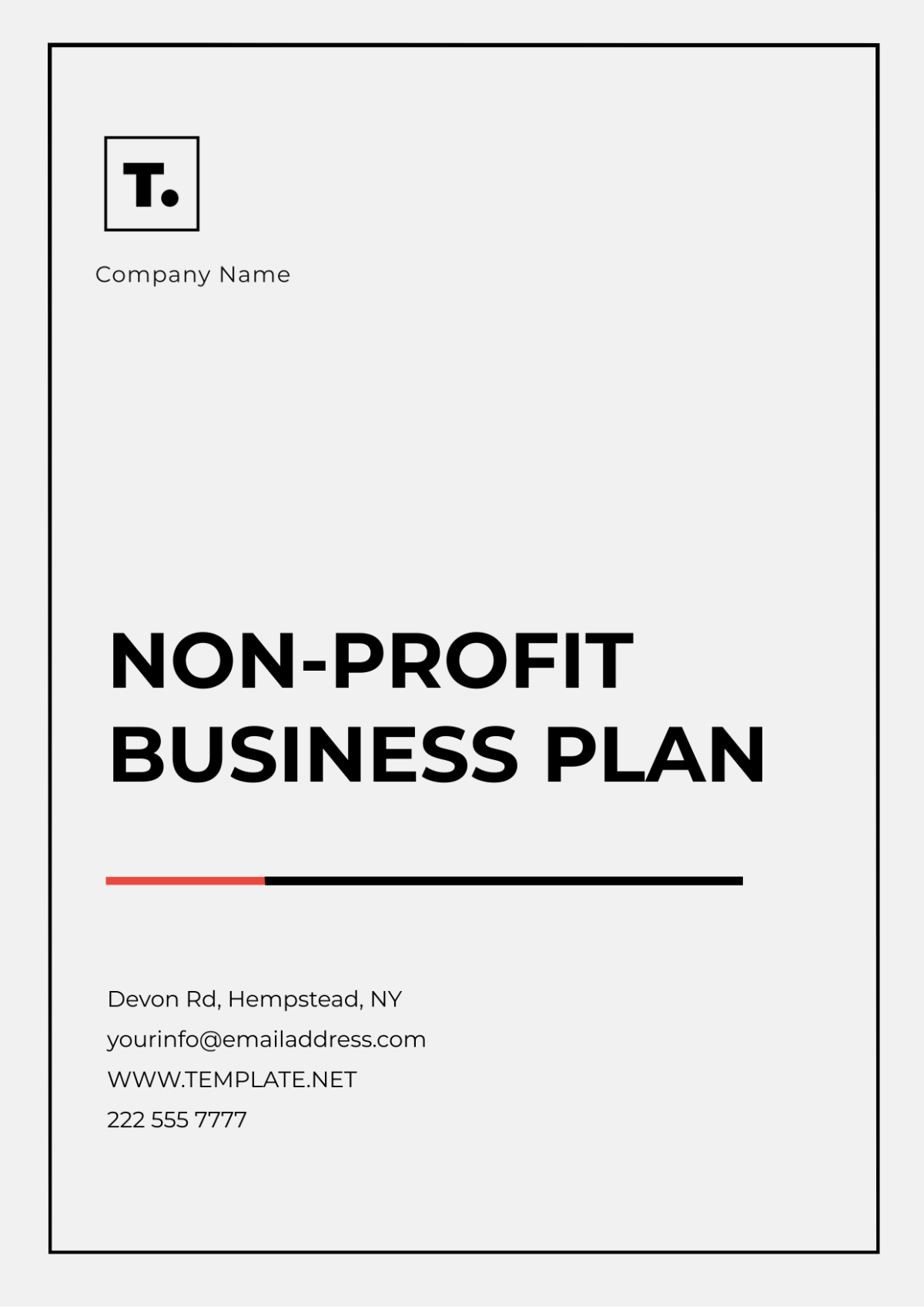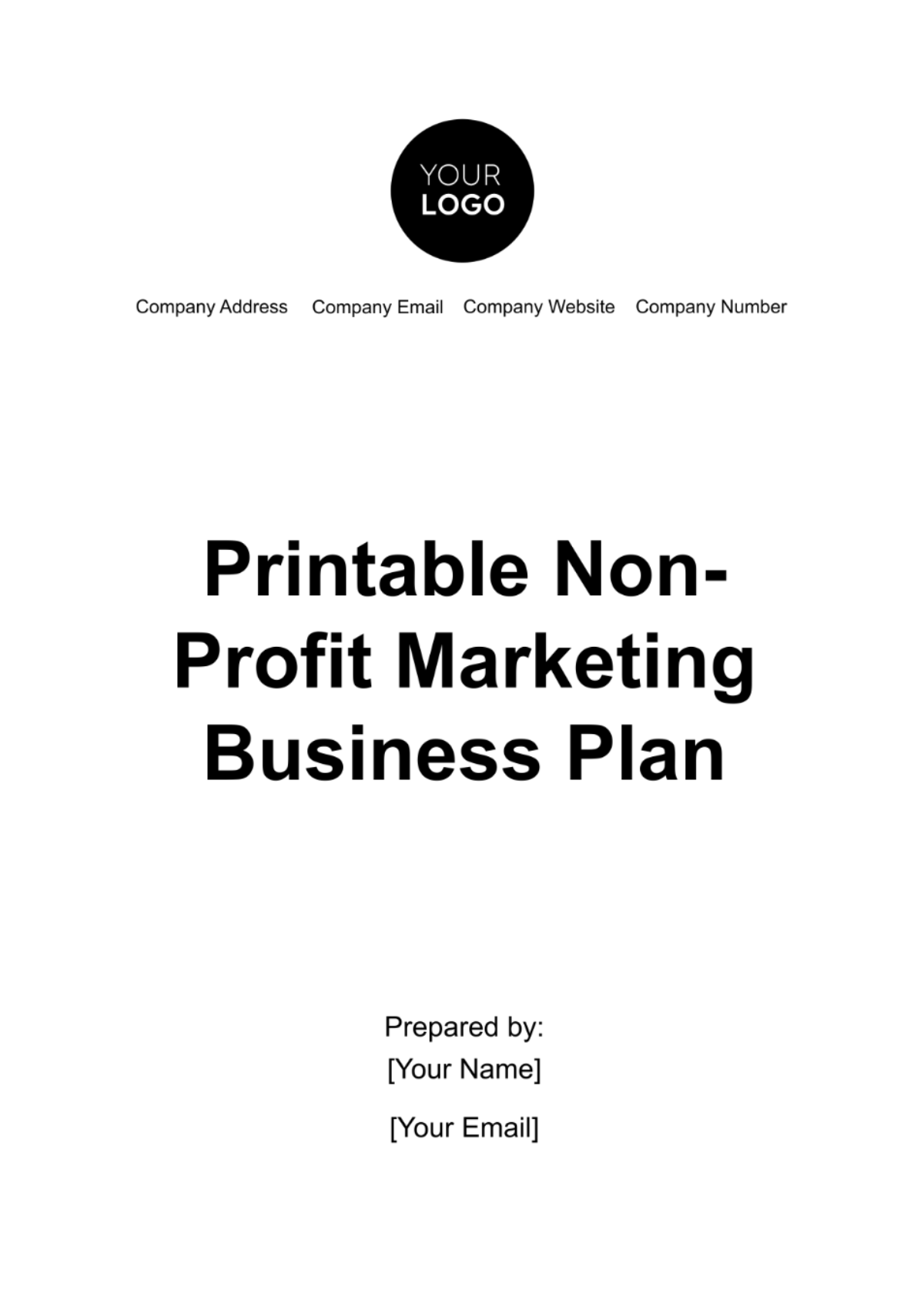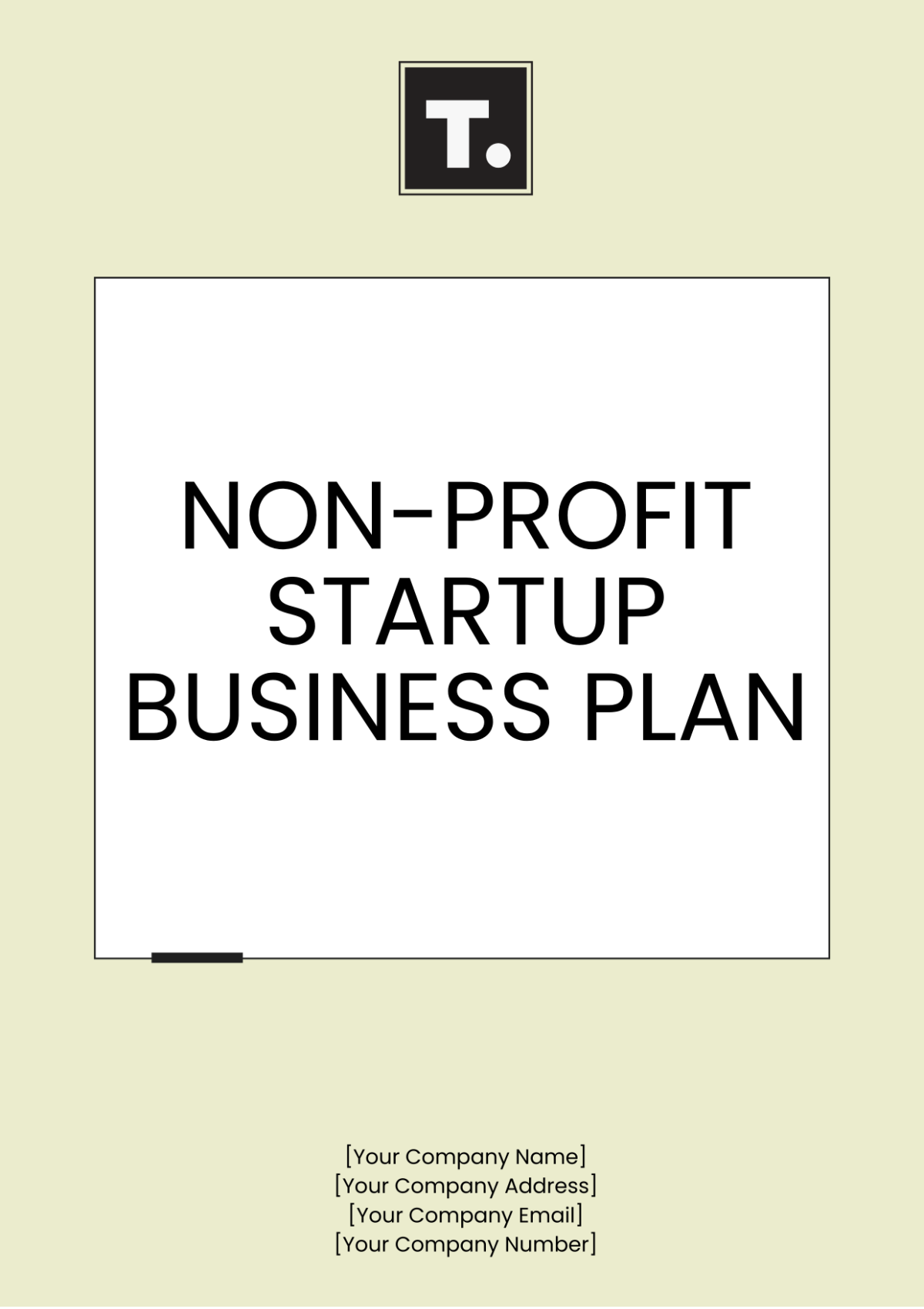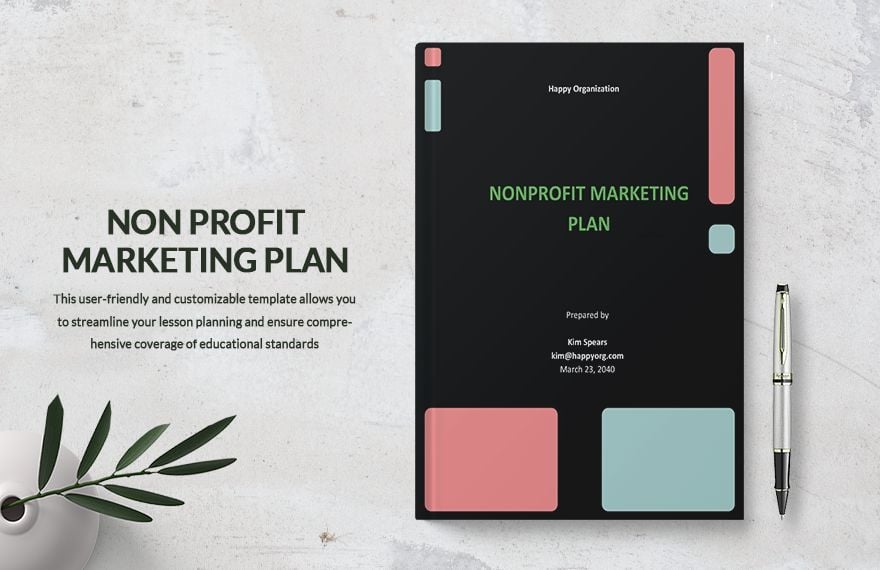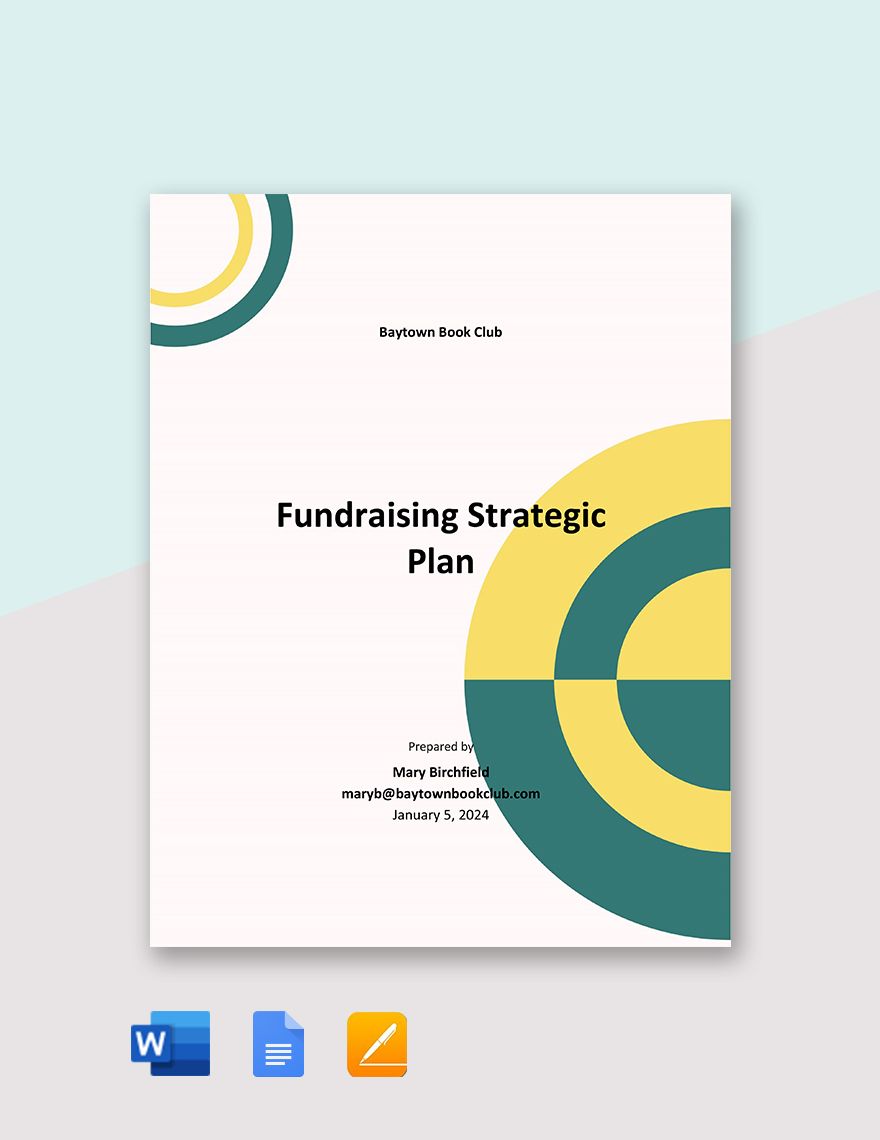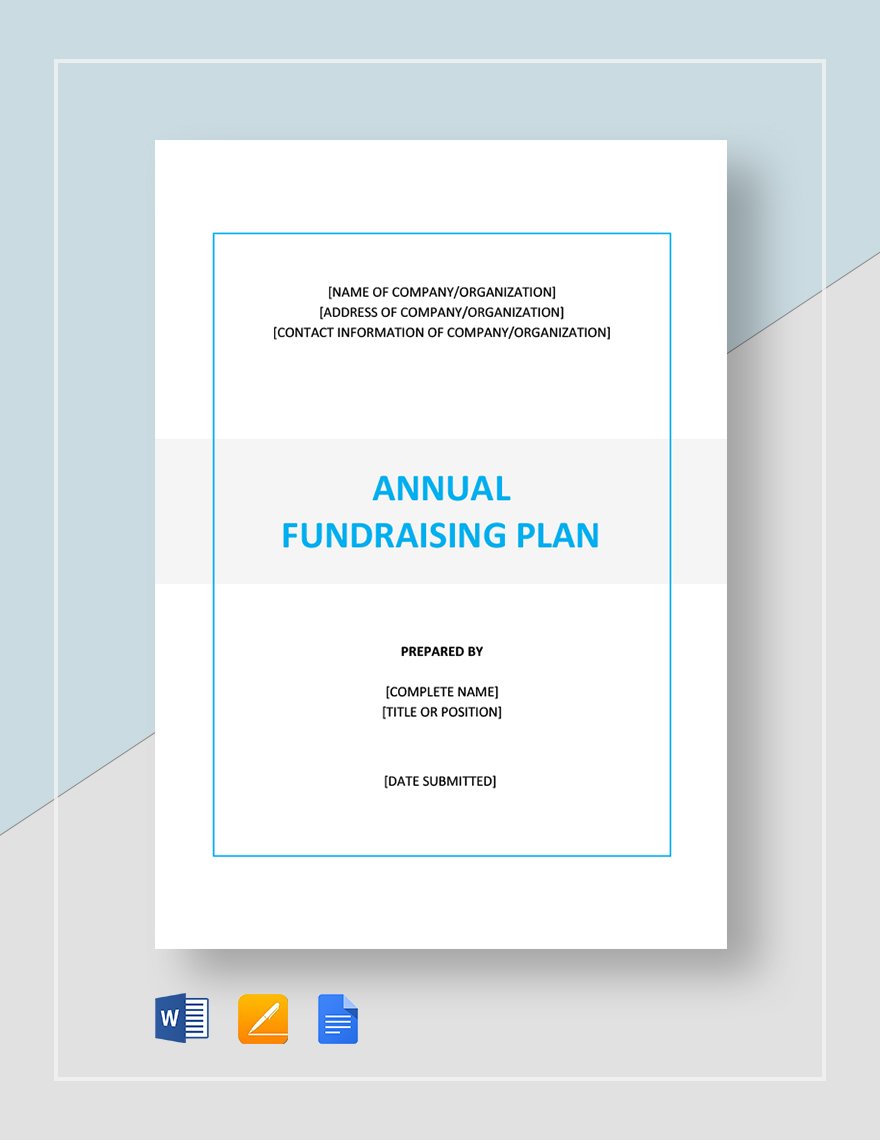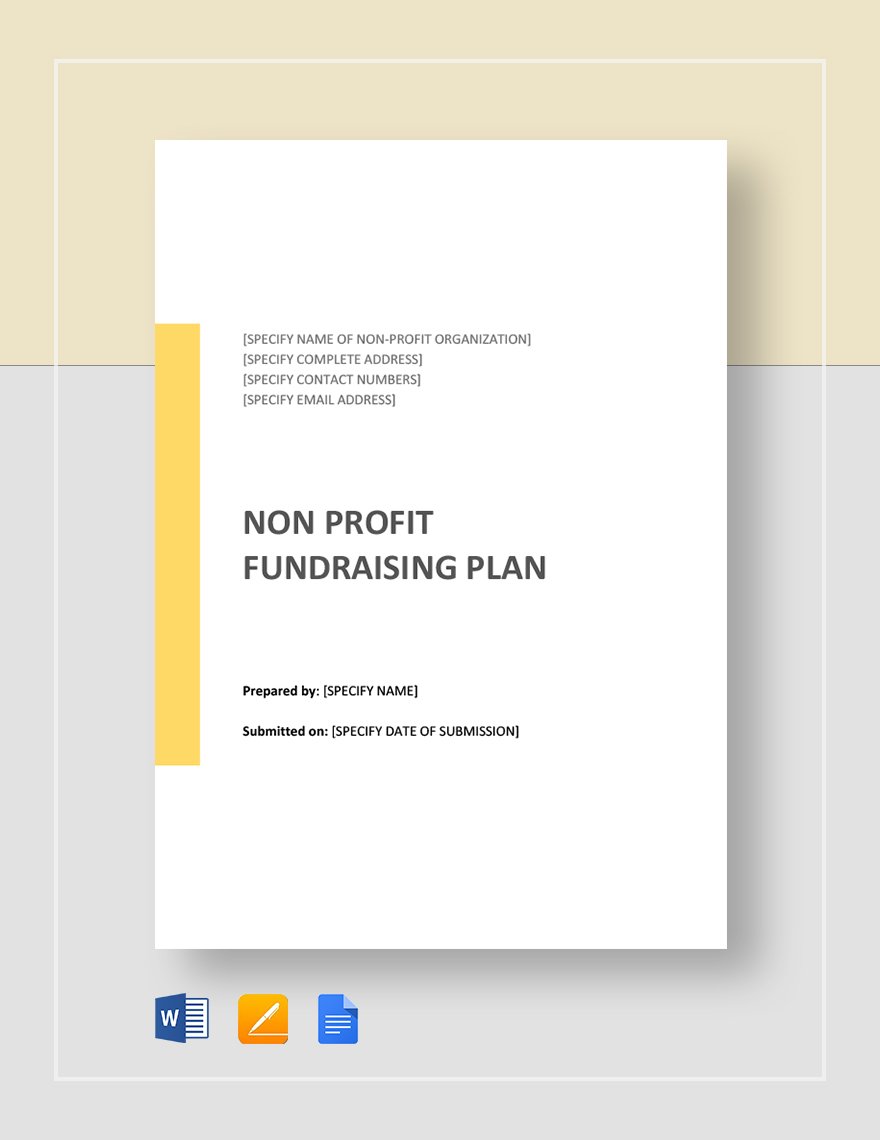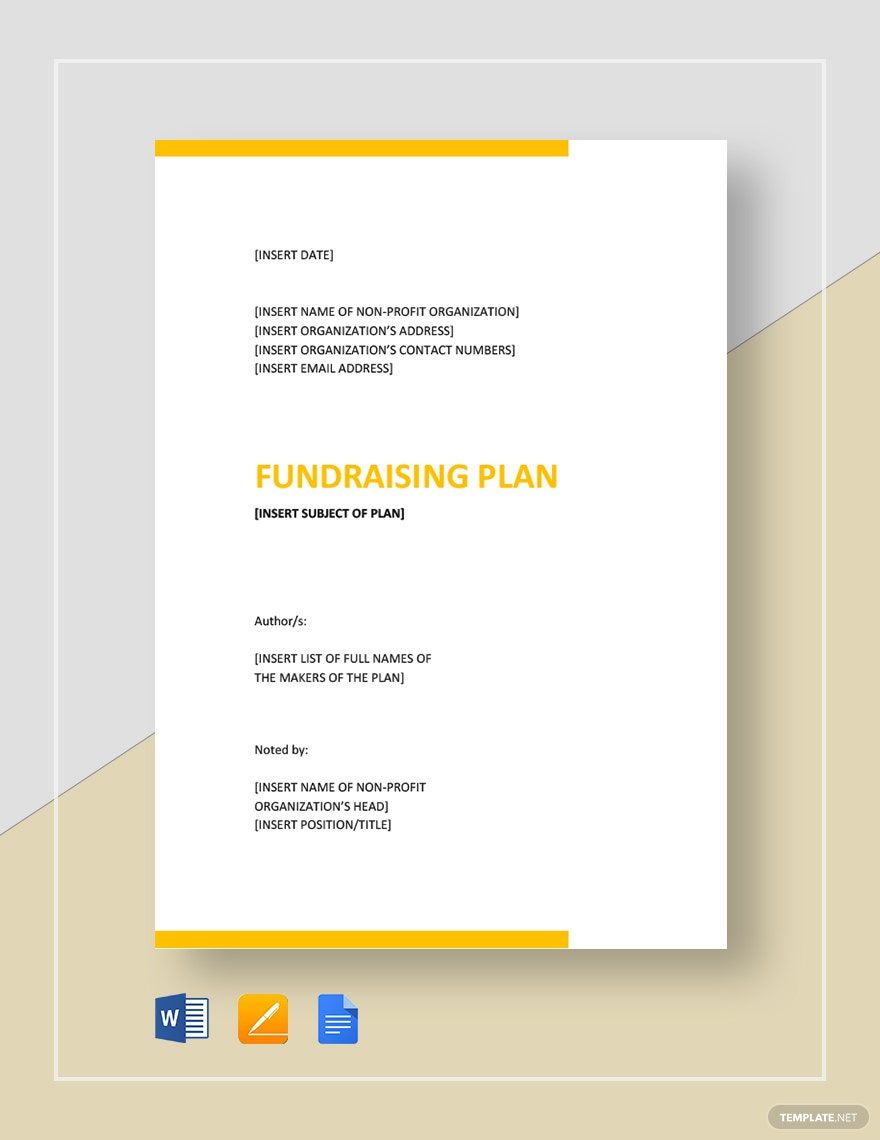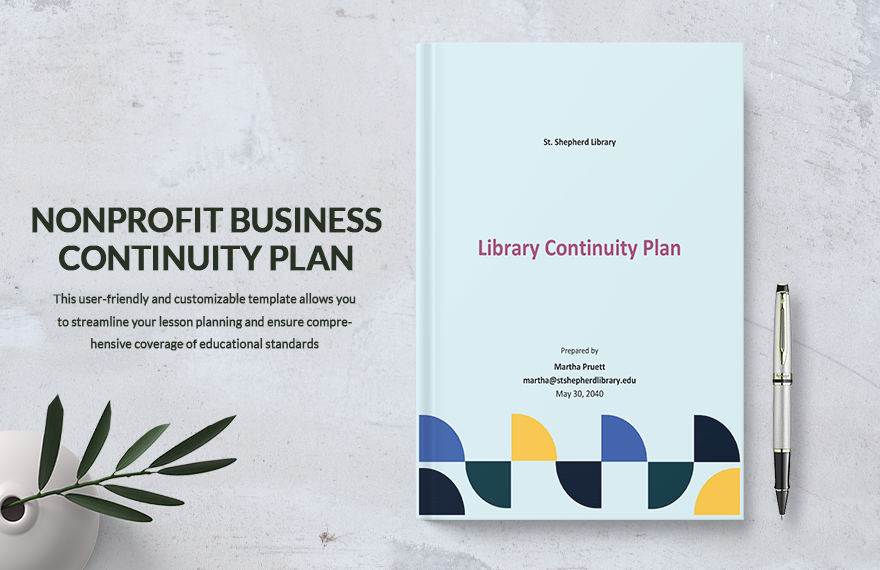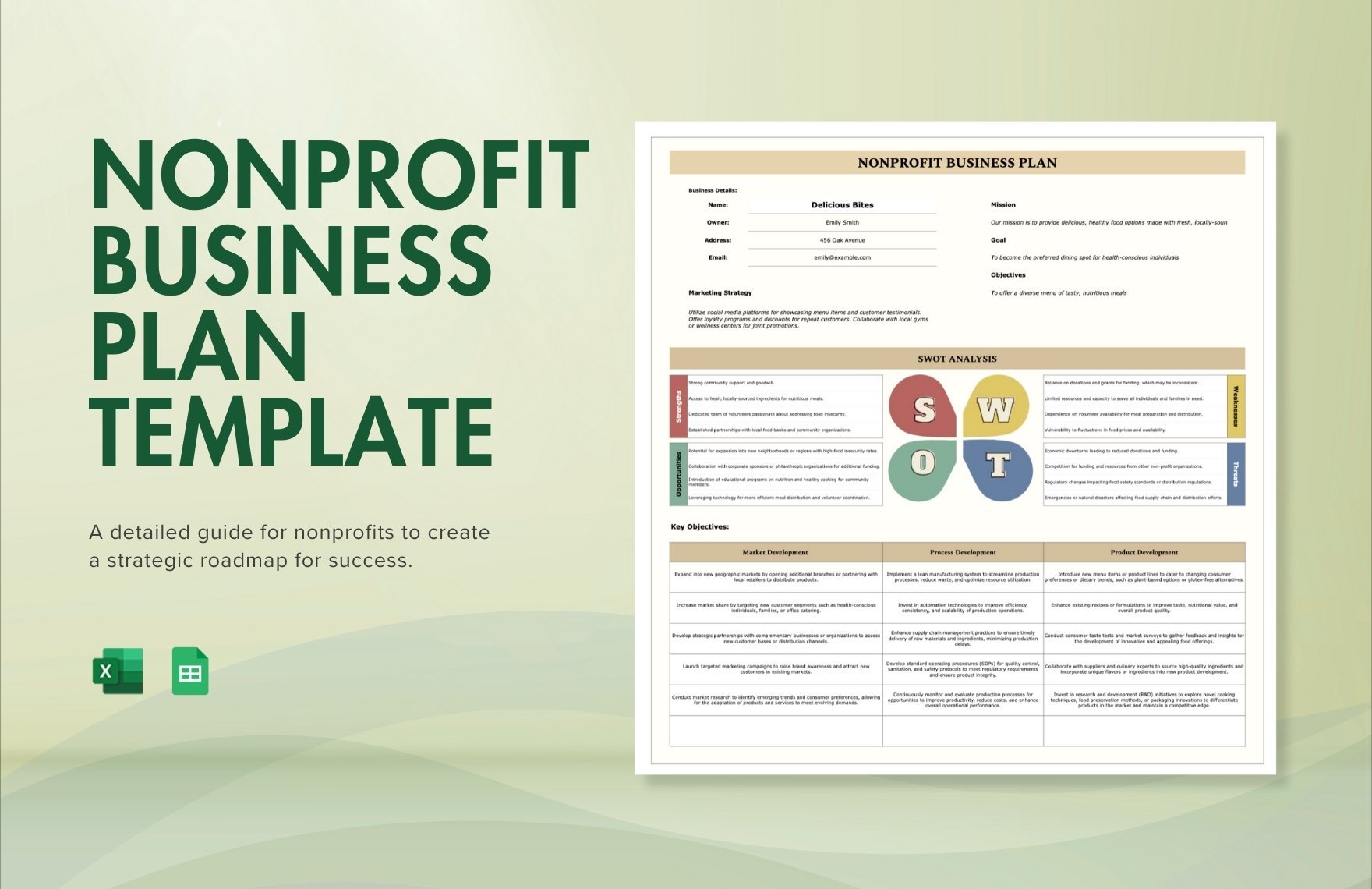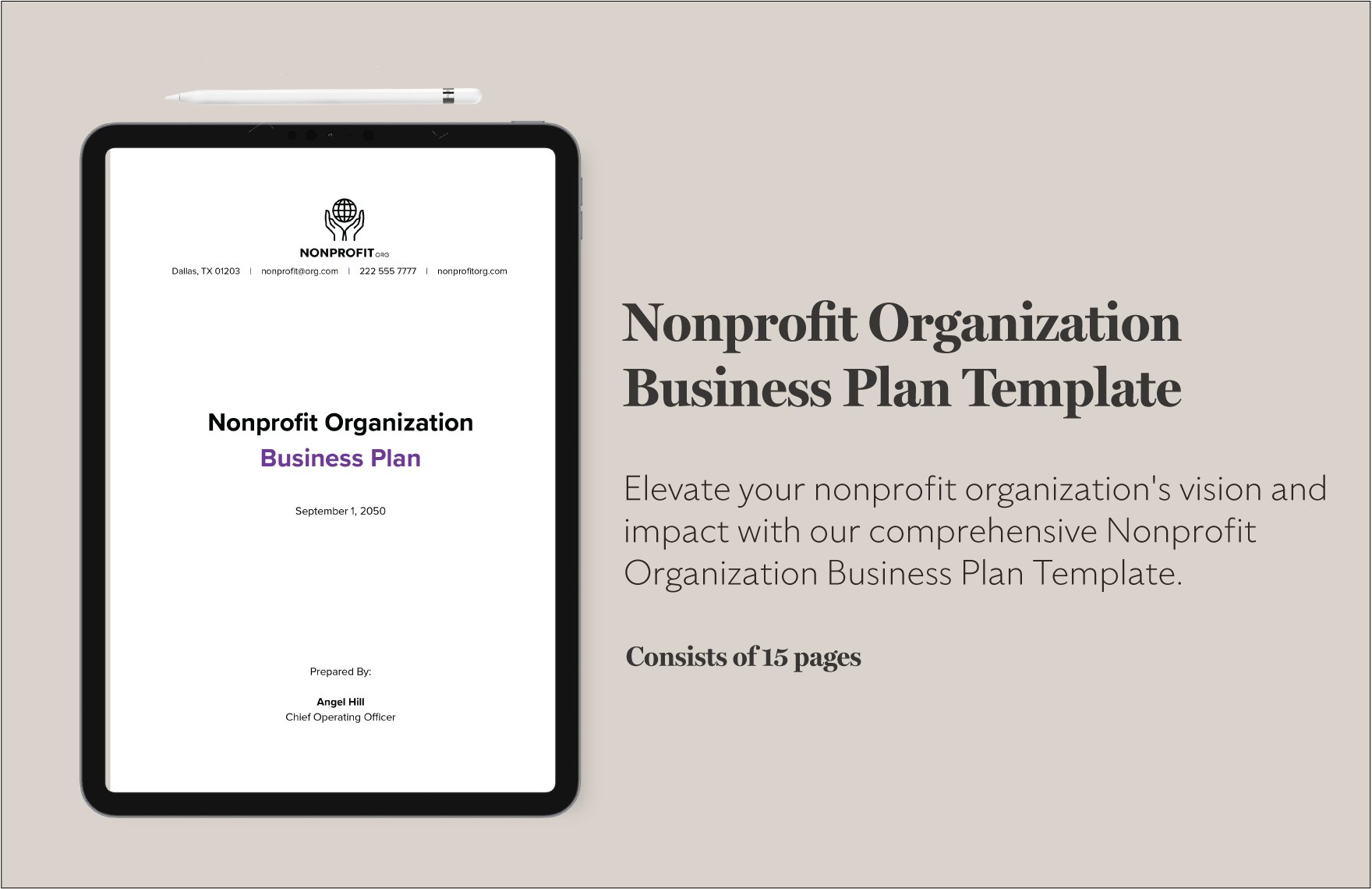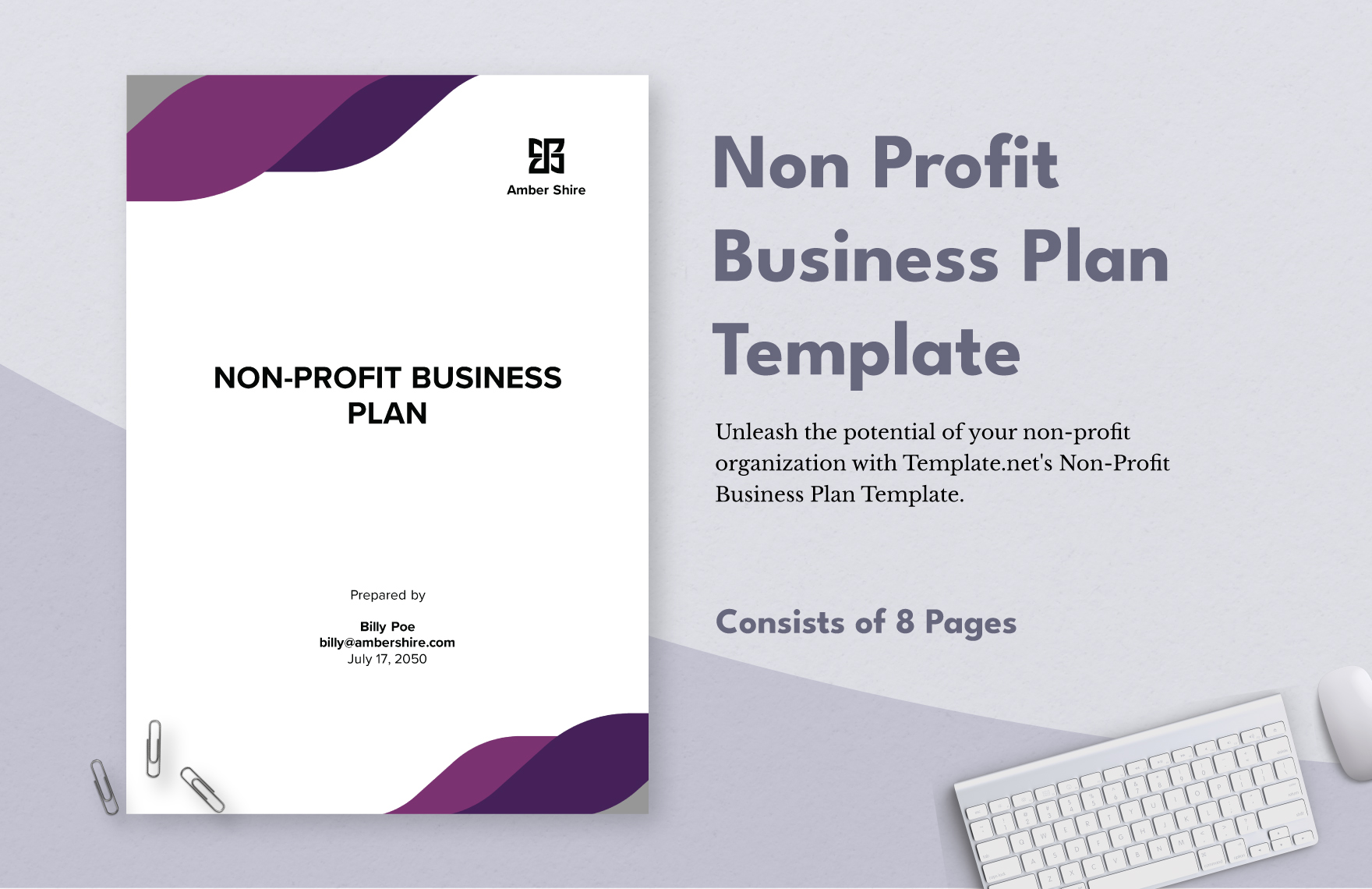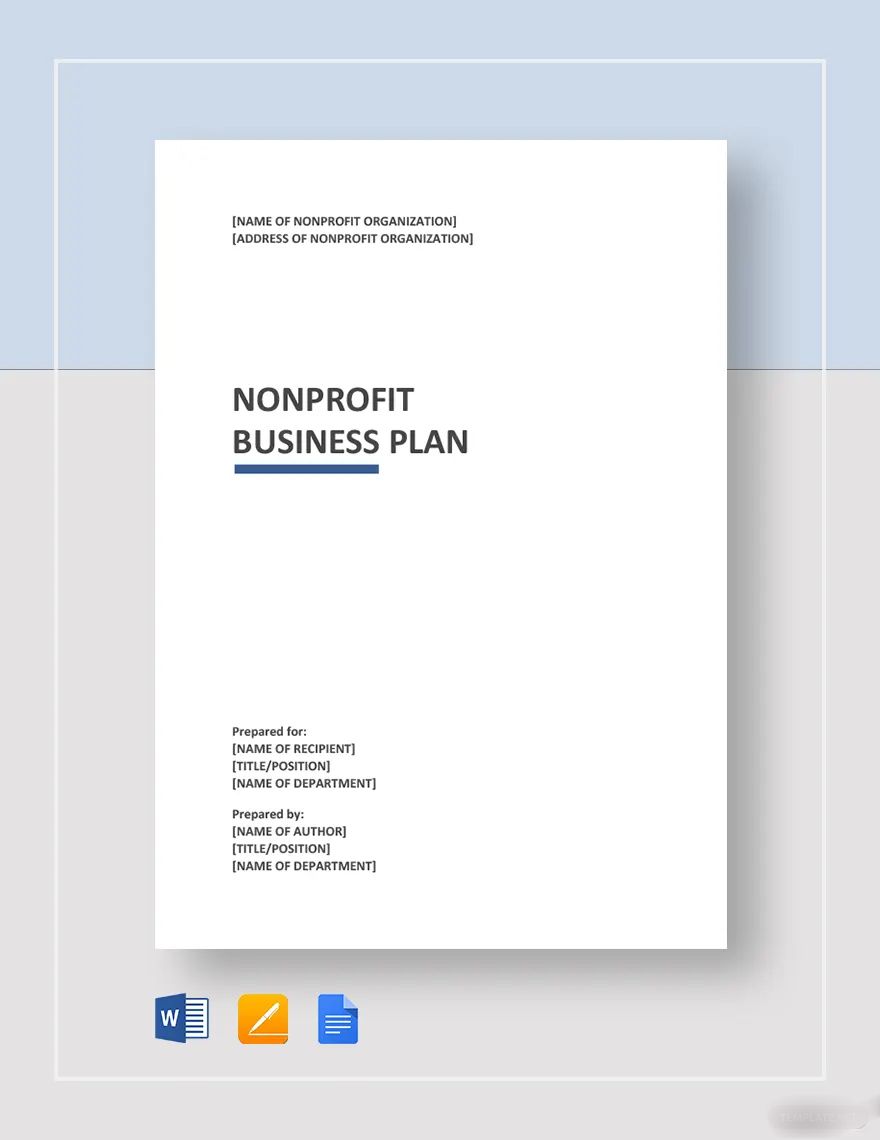Bring your Nonprofit Vision to life with Nonprofit Business Plan Templates from Template.net.
Keep your nonprofit organization engaged, secure funding, and achieve your mission with ease by using Nonprofit Business Plan Templates from Template.net. Designed for nonprofit leaders, grant writers, and consultants, these templates empower you to craft comprehensive and professional plans that resonate with donors and stakeholders. Whether you're promoting a new initiative or outlining strategic directions for your board, our templates serve as your go-to resource. Each template includes vital sections such as an executive summary, funding needs, and organizational structure, ensuring you cover all bases. With no prior design skills required, you'll appreciate the professional-grade layout that can be customized for both print and digital needs, saving you time and resources while delivering high-impact results.
Discover the many templates we have on hand for every aspect of your nonprofit planning needs. Select the perfect template, easily swap in your logo, documents, and adjust colors and fonts to align with your brand's identity. With advanced tools such as drag-and-drop graphics, you can add pre-set icons or infographics to make your plan more visually engaging. The possibilities are endless and require no special skills thanks to user-friendly features. Our library of templates is regularly updated, ensuring you always have access to the latest in design trends. When you’re finished, download your plan in a format that suits your need, be it a PDF for email distribution, a beautifully printed document, or an online link for easy sharing. Ideal for multiple channels, you'll also find it easy to collaborate in real-time with your team to refine your proposals.

